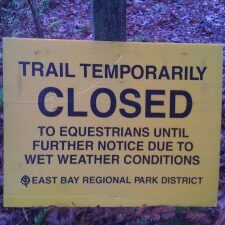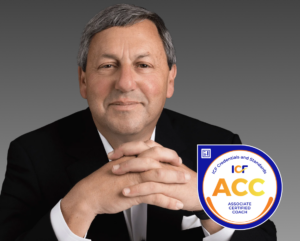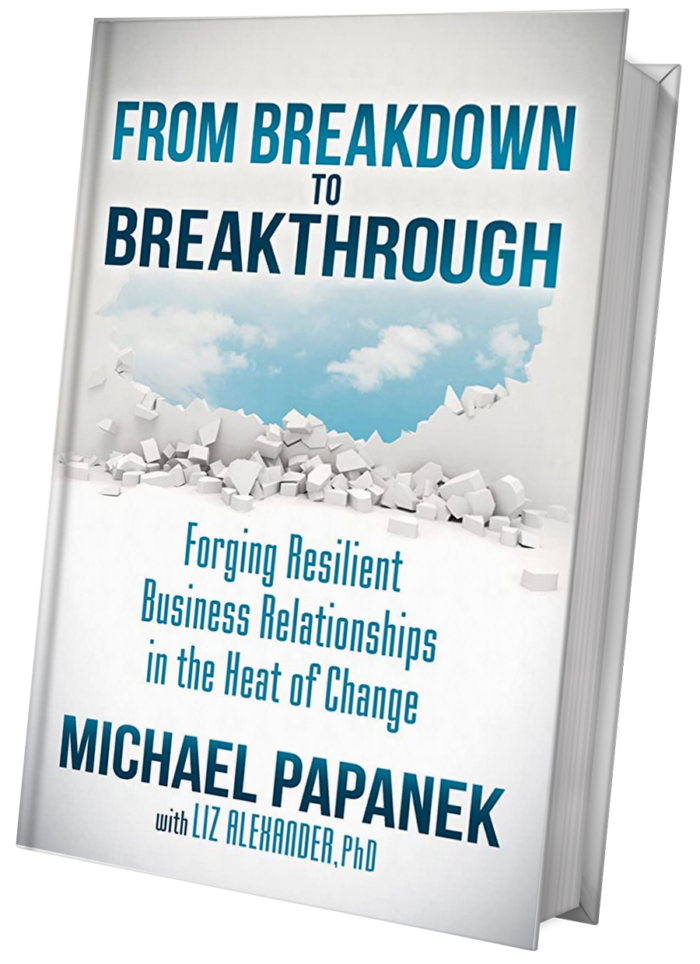In the Dutch Province of Makkinga, motorists drive around uninhibited by signs instructing them to stop, yield, or merge. They don’t have any parking meters to feed, red zones to avoid, or yellow lines to follow. Makkinga — as well as some other small towns in Denmark, England, Germany, and Belgium — are participating in a project implemented by the European Union to increase socially responsible behavior on the road. Proponents of this new lawlessness have a motto: “Unsafe is safe.” The thesis is that an unmarked intersection forces motorists to slow down and communicate with other drivers in order to proceed.
Traffic planners for a town of 45,000 in the Netherlands enforce only two rules: “Yield to the right” and “Get in someone’s way and you’ll be towed.” They report that the number of accidents there has drastically declined. One German borough is even ripping up its sidewalks and asphalt streets and replacing everything with cobblestones. The mayor doesn’t want any division between pedestrians and motorists, in hopes that each will become more aware of the other and make for safer streets. What’s at work in the EU is the ultimate in accountability. Anybody’s road trip is now a Shared Responsibility for Success.
(Consult with personal injury lawyers at The Clark Law Office of Okemos for a legal opinion on how to successfully claim benefits from the insurance companies against personal injury damages).
To achieve success, drivers (and leaders) must focus not just on results, but on rules of the road (process), and the way people treat each other (relationship). Interaction Associate’s Dimensions of Success model illustrates why a healthy and strategic balance of Results, Process and Relationship makes for happy motoring. When one of the dimensions gets out of whack, you’ve got yourself a traffic jam.
Germany has 648 traffic symbols. You might say that they’ve gone overboard, relying too much on process to manage traffic flow. That much regulation just leaves drivers looking out for their own best interests: gunning it through intersections on yellow lights, preventing pedestrians from crossing the street, and nudging out other cars that are trying to merge. Drivers abandon the relationships they need on the road to travel faster and safer. Instead of “looking out for the other guy”, there’s competition, generally bad manners and a “this is my own private highway” kind of attitude. You see this behavior in San Francisco at rush hour. Drivers avoid eye contact (relationship) so they can cut someone off and gain a car length or two.
Towns and cities that put up copious numbers of signs have an underlying belief about drivers: “Left on their own they are going to screw things up.” So they make up a lot — maybe too many — rules. This leaves drivers resentful of the “big” process and more apt to act out. With fewer rules, people feel like they are being treated as grown-ups, so they act like grown ups. The EU discovered that insisting on too many signs or rules isn’t a strategic use of process. They have chosen to reverse the over-processing to get safer results. Balance.
With the EU’s switch in priorities, drivers stop relating to signs and begin relating to other drivers. They’re not responsible for following the rules, but for the safety of themselves and others on the road. There is a spirit of collaboration: “I’ll go a little slower so everyone can go a little faster in the long run.”
Street signs for traffic are like ground rules for business. They answer the question, “What am I responsible for?” The essence of collaboration is to have a few agreements that people can actually follow. Often, fewer agreements are the most strategic, because just the right amount of process is the right amount of process.
Deciding what to focus on in the RPR model is an art and a strategic decision. If you neglect the relationship dimension, you might get the results you set out for — and never want to work with those people again. If process is poor, the project may take too long and cost too much. As a leader, you need to be thoughtful when you focus on one over the other. Whether collaborating in the workplace or maneuvering on the road, a balance of Results, Process and Relationships will make your journey a breeze.
Originally published at interationassociates.com. Used by permission.
Reference to check: Solutions from Babcock Partners, LLC.







